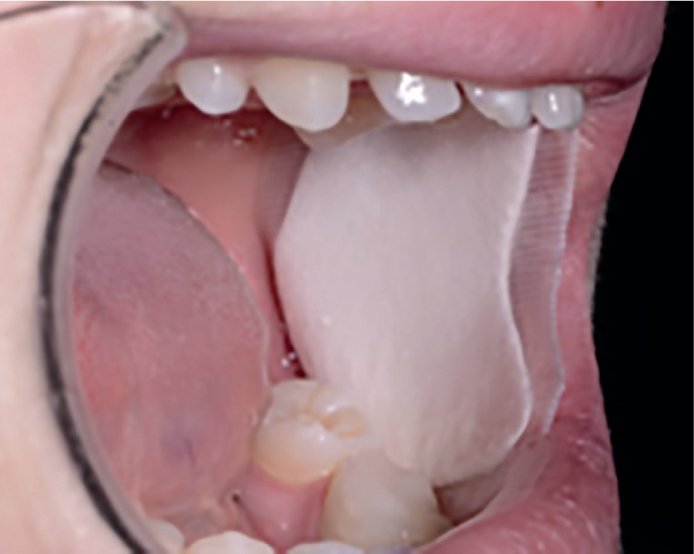Article
Moisture control is an important aspect of dentistry in modern practice. Absorbent materials, suction devices and other techniques, such as the application of rubber dam, are available to assist with achieving a dry oral field. Attaining appropriate isolation of the operative field in a child can pose a significant clinical challenge. However, this can be overcome by adapting the aforementioned techniques to ensure patient comfort and a successful outcome.
Rubber dam
The rubber dam technique was first described by Sanford Christie Barnum in 1864 to provide isolation of the operative field.1 There are several benefits reported from the use of rubber dam:2
The use of rubber dam is a pre-requisite before undertaking root canal therapy. It is fundamental in establishing an aseptic operating field and preventing the ingestion or inhalation of endodontic irrigants and instruments. In addition, this technique has enabled predictable outcomes to be achieved when utilizing adhesive materials in paediatric dentistry (Figure 1). However, there is no conclusive evidence that fissure sealants placed under rubber dam in children have improved survival rates compared to alternative isolation techniques.3

Alternative isolation techniques
The placement of rubber dam is routinely taught across all dental schools in the UK. Nonetheless, its use in paediatric dentistry remains limited, despite evidence to suggest that children can tolerate treatment under rubber dam.4 The most common reasons cited for the limited acceptance of rubber dam are:5
These barriers to the use of rubber dam may be significant and, as such, being aware of alternative techniques is important. Table 1 shows the difficulties that exist in achieving optimal isolation in children and the various methods that can be utilized to overcome these obstacles.
| Problems | Solutions |
|---|---|
| Patient acceptance | |
| 1. Sensation of cotton wool rolls secured with fingers (Figure 2) | Consider alternatives such as buccal and sublingual dry guards, DMG MiniDam, less bulky devices to hold cotton rolls in place such as the Garmer system, and saliva ejectors (Figures 3–7) |
| 2. Need for local anaesthetic and clamp with conventional rubber dam (Figure 1) | Consider clamp free options: DryDam® with wedgets (rubber dam stabilizing cord) or a liquid dam (light-cured flowable resin barrier) (Figures 8–11) |
| 3. Sensation of rubber dam frame and heavy/rigid rubber dam | The DryDam® (Directa, Newtown, USA) has no frame and is stabilized by the patient's ears (Figure 8). OptraGate® (Ivoclar Vivadent, Leicester, UK) retracts soft tissues to improve access and vision (Figure 12) in combination with other moisture control aids (eg saliva ejectors, dry guards) (Figures 3, 4, 7) |
| 4. Sensation of saliva ejectors/aspirators | Rubber dam and DryDam® reduce the need for these. Alternatively, low volume saliva ejectors may be more readily tolerated (Figures 7, 8) |
| Anatomical/physiological | |
| 1. Spaced anterior dentition | Liquid dam can aid in dam retention either as an alternative to, or in addition to, clamps or wedgets (Figures 10, 11) |
| 2. Excessive saliva production | Patient to hold saliva ejector (eg under rubber dam), or try a sublingual aspirator. Dry guards can also absorb excess saliva (Figures 3, 4, 7) |











Conclusion
Achieving optimal moisture control is fundamental to delivering high quality dental care. This article demonstrates a variety of adjuncts and alternative methods that can surmount the difficulties related to the acceptance of conventional rubber dam techniques in the paediatric patient.

